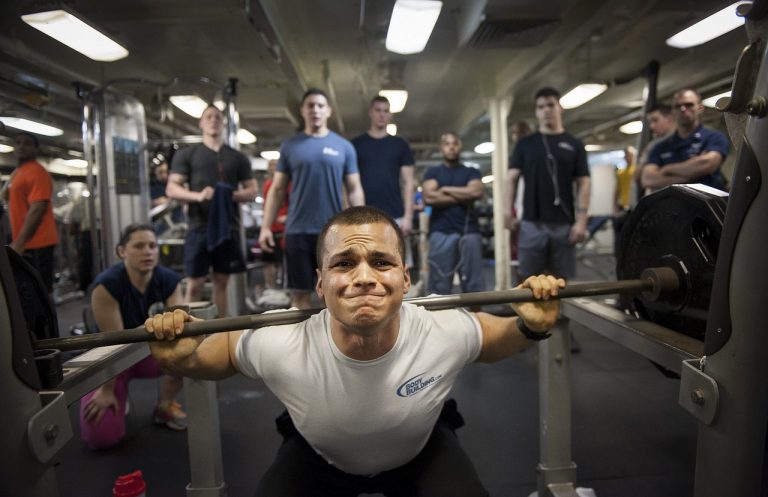Exercising during minor injury or immediately after the injury, is one of the most anticipated training sessions. Muscle or joint pain effectively reduces the possibility of adding weight. What if we can do exercises only with limited weights? The answer to this is an occlusive training!
We are talking about the technique called occlusion, or as it was originally called, the KAATSU method. Such a solution is the idea of Yoshiaki Sato, a doctor coming from Japan. The originator of the method rehabilitated after a skiing accident through the occlusive training applied to the thighs muscles. Multiple were practiced the exercises supported by additional compression methods, that allowed to shorten the recovery time from several months to just 6 weeks.
The method involves using a pressure gauge cuff or similar tourniquet to restrict blood flow in muscles doing the work (exercises).

This method is great in the case of muscle groups, such as:
>> Two-headed and three-headed muscles of arms and forearms (sample bond in the illustration above)
>> Two-headed and four-headed muscles of thighs and calves (binding takes a few centimeters below the groin)
>> Deltoid muscles (the bond should be applied to the chest, armpits)
In relation to the muscles of the chest and the back, there can be made a "bind" to reduce the outflow of blood flow efficacy but it still may be too high.
How does it work?
The compression of the limb above the working muscle (limiting the return of blood to the heart), relative to the normal training much faster involves the work of type II muscle fibers. During the effort our muscles use oxygen. During training the working muscle contraction pumps oxygenated blood to the tissues, tying a tourniquet blocking the flow of blood and oxygen. The loss of oxygen causes much faster activation of type II muscle fibers. These fibers generally begin operation only at a very high load or at the end of series.
The key thing in this exercise is to use only about 20% of the maximum weight without aggravating the joints or tendons that can carry symptoms of an injury.
There are studies confirming that this training may increase a growth hormone level in the blood of 290% (!), while a traditional training increases it only by about 100%. This is explained by the increased amount of a lactic acid in the muscle through a lack of oxygen, which triggers additional layers of growth hormone.
Thus, closing blood vessels, and the use of light weight gives comparable effects (or even better) than a conventional training with the use of large weights.
How to use tourniquet safely?
Training time with the oppression should not exceed 10 minutes. We do 2-4 (depending on the advanced stage) series. Between sets we do not take the tourniquet off. Breaks in the series should not be longer than 30-45 seconds. We clamp tourniquets/strips/cords in the subjective evaluation of 7-8 on a scale to 10 (strongly but without exaggeration).
Examples series:
> 1 set of 25-30 reps with a weight of 20% CM
> 2 series of 15-20 reps with a weight of 20% CM
> 3 series 50% of the CM to muscular failure






